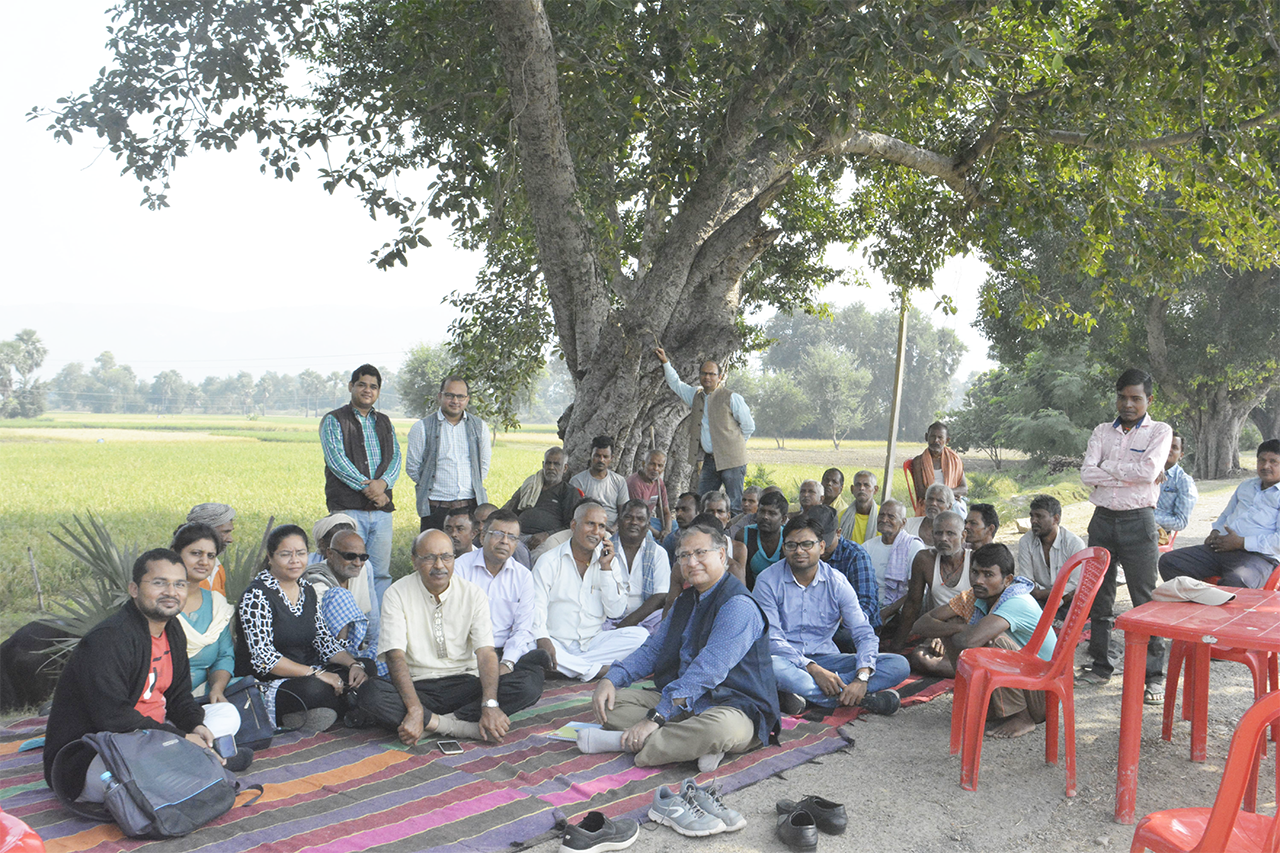A landmark study led by Nagaland University has found that Aquifer Storage and Recovery (ASR)—a method of recharging groundwater through managed recharge pits—holds transformative potential for sustainable water management in Nagaland and other hilly, water-scarce regions of Northeast India. However, its success hinges on long-term community participation, financial support, and peer-led governance models.
The pilot ASR project, implemented in select villages of South Bihar with funding from the Australian Centre for International Agricultural Research (ACIAR), revealed higher groundwater recharge potential; improved irrigation reliability; longer water availability for cropping cycles; and socio-economic benefits like diversification of crops and stable yields.
The findings underscore that ASR is not merely a technical fix, but a social process requiring the active involvement of local farming communities to sustain and scale water management efforts.
The study highlights that ASR can alleviate water stress and enhance agricultural resilience. If scaled effectively and in a socially just manner, ASR could serve as a sustainable water management model for rural India in the face of increasing climate variability.
The study, spearheaded by Prof. Prabhakar Sharma, Department of Agricultural Engineering and Technology, Nagaland University, was conducted in collaboration with national and international researchers. The team included Dr. Aviram Sharma (University of Vigo, Spain), Dr. Somnath Bandyopadhyay (Som-Vrddhi Consulting, Gujarat), Dr. Anurag Verma (TERI, New Delhi), and Rahul Kumar Sinha (Kyoto University, Japan). The findings were recently published in the peer-reviewed journal Societal Impacts (DOI: https://doi.org/10.1016/j.socimp.2025.100121).
Prof. Sharma noted that while earlier research often focused on hydrogeological feasibility, this study foregrounds the social, institutional, and policy dimensions of ASR. “We highlight that ASR can alleviate water stress and enhance agricultural resilience,” he said, “but its long-term viability depends on farmer-led ownership, institutional incentives for peer-led governance, and targeted policy interventions.”
Co-author Dr. Aviram Sharma, Senior Researcher at the University of Vigo, Spain, added that the success of future ASR initiatives hinges on state-level scaling, local adaptation strategies, and financial mechanisms to support farmer participation. “Nagaland and other water-scarce regions can benefit from such interventions, provided they incorporate long-term monitoring and interdisciplinary research,” he said.
The pilot study was conducted in Meyar and Nekpur villages in Nalanda district, Bihar. In Meyar, a peer-led model fostered high levels of ownership and regular maintenance of recharge structures. In contrast, farmers in Nekpur were skeptical of ASR’s benefits and did not participate in upkeep, leading to the disuse of recharge pits.
These contrasting outcomes highlight the importance of social mobilization and trust-building in water governance. The study emphasized that scaling ASR requires not only sound technical design but also continuous community engagement.
India is among the world’s largest users of groundwater for irrigation, and the over-reliance on borewells has raised sustainability concerns. While ASR offers a cost-effective alternative—approximately USD 400 per pit—most farmers remain reluctant to self-finance these systems, preferring external funding sources.
The study argues that targeting medium and large farmers as initial adopters could catalyze wider community involvement. However, for true sustainability, ASR must evolve into a socially just and inclusive system, particularly in regions with skewed landholding and socio-economic disparities.


